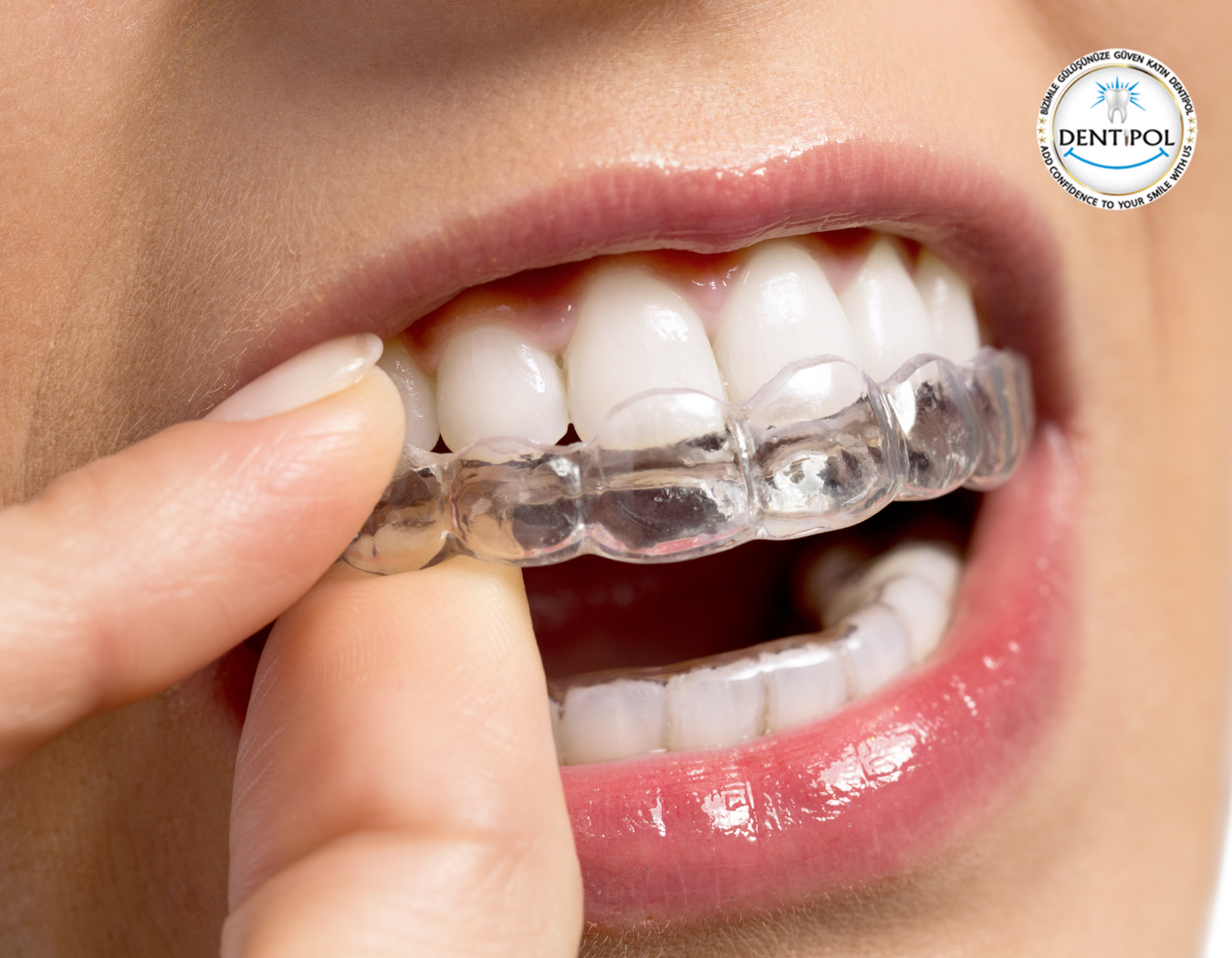WHAT ARE DENTAL DISEASES AND TREATMENT METHODS?
Periodontal diseases are diseases that can be prevented and controlled to a great extent. Treatment; It depends on good oral hygiene, correct and early diagnosis and correct treatment approaches. Therefore, active participation of both the patient and the physician in the treatment is required.
Stage 1 of treatment
The most important step in periodontal treatment is the elimination of infection and the patient's learning to maintain oral health by effectively and regularly cleaning the gums, teeth and teeth. Elimination of infection; It is possible by the physician to clean the root surface of the microbial dental plaque, tartar and dental calculus, which cause the disease, and the patient to protect this condition. This process is called "initial treatment", it is an indispensable step in the treatment of any type of periodontal disease and is performed in 3-4 sessions depending on the case. During the initial treatment, the removal of local factors that facilitate bacterial attachment such as the renewal of bad and overflowing fillings, filling of decayed teeth, correction of prostheses that are not compatible with the gum edge and improper shape, canal treatments and, if any, desperate teeth should be extracted. In addition, in the presence of a systemic disease, medical consultations are also made at this stage. It is also necessary to plan for possible prostheses at this stage.
2nd stage of treatment
If the periodontologist detects a condition that cannot be fully treated with the initial periodontal treatment phase, he will recommend periodontal surgical procedures. After the initial periodontal treatment, the remaining pocket depths, gingival growths and recessions, the presence and shape of bone resorption, and the amount of gums affect the decision. All periodontal diseases and defects cannot be treated with the same surgical procedures. The determining factors in the choice of treatment are the characteristics of the patient and the tissue, and the course and prevalence of the current periodontal disease.
The main purpose of surgical periodontal treatment is; The aim is to remove the pocket depths, to try to make the bone-gum and tooth relationship resemble the original one, thus creating an environment where the patient and the physician can easily clean. For this reason, it is also called "corrective treatment".
3rd stage of treatment
Depending on the condition of the case, patients are regularly taken into a control program in order to protect the periodontal health obtained after non-surgical and surgical treatments and to prevent recurrence of the disease. After a successful periodontal treatment, in patients who are not taken to maintenance therapy and do not provide their own oral care, tissue destruction starts again and disease symptoms appear in a short time. (Depth of pocket increases, bone loss and tooth loss occur) The patient should be followed up by a periodontist at intervals of 3-6 months depending on the case.






